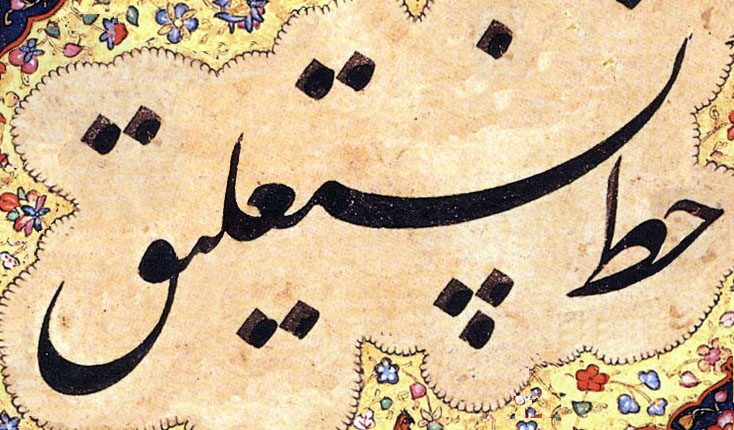Epigraphy and calligraphy sites around Tehran
Our culture expert Samson Seez explains Iran’s amazing history of epigraphy and calligraphy many of which are situated around the Iranian capital Tehran.
One might wonder what all the stone carvings that surround Tehran are all about, but there is a long history of stone masonry in Iranian culture. They are from different eras from different parts of Iran and they’ve survived to this day. In fact, many carvings continue to surround Tehran from eons ago, so why not go see the ones situated in museums and the Tehran region.
Niavaran Palace Gardens
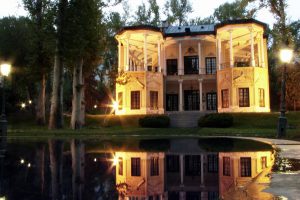
The epigraphy section in the gardens of Niavaran Palace in North Tehran displays inscriptions from the pre-Islamic era, which goes back more than 2,000 years. Like any other epigraph from the ancient world, these pieces are dated documents that have splendid artistic and cultural value for the country’s civilization. The replicas here show epigraphs dating back to prehistoric cavemen and how they have evolved via different time periods. The oldest epigraphs found in Iran date back to the Elamite and the Assyrian eras. The Code of Hammurabi was found in Khouzestan in Iran and the Darius scripture, the world’s largest ancient scripture (an epigraph in three languages) was also found in Bistoun in Iran.
National Museum of Iran (Mūze-ye Irān-e Bāstān)
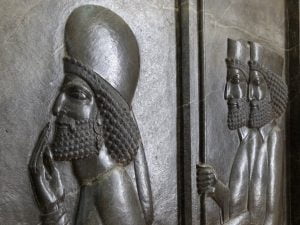
This legendary location in the capital is split up into two main sections. One part contains priceless pieces from the pre-Islamic era. The other part houses beautiful decorative items of Islamic art and calligraphy.
Islamic calligraphy and inscriptions varied in style as each Persian dynasty passed. The National Museum has divided the time zones into different halls. In one department, you’ll see works from an Earlier era, like the Seljuk. In another room, you’ll see pieces from the Safavid rule.
Imamzadeh Saleh
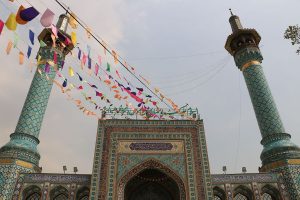
No one can deny the spiritual feel of the Imamzadeh Saleh in Tajrish where many Muslims come to pray. What adds to the peacefulness are the verses in Nastaʿlīq calligraphy, a few of which are written by a prominent calligrapher and artist master Ahad Torabi.
From the 9th century, Kufic writing to Thuluth and Muhaqaq, Persian Islamic calligraphy became more elegant and popular with a style known as Nastaʿlīq. Its highly attractive letters have deep and curved shapes and are often decorated with flowers and vines in the background. The history of calligraphy goes back 500 years when the great master Mir Ali Heravi invented ‘Nastaʿlīq’. Before that, Iranians used their own version of the ‘Sols’ script.”
Tangeh Vashi
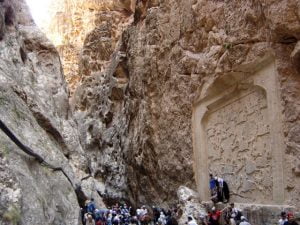
Tangeh Vashi is a gorge and mountain pass outside of Tehran near the small town of Firouzkouh. Located on a narrow mountain pass in the Alborz range the stone carvings were created during from the Qajar period in the 1700s.
To commemorate his kingship, the ruler of Iran at the time Fath Ali Shah ordered a stone carving rock relief midway through the pass. Today, the area is now a popular weekend destination for people looking to see the huge carving. (Best time to visit is in the warm summer months).

